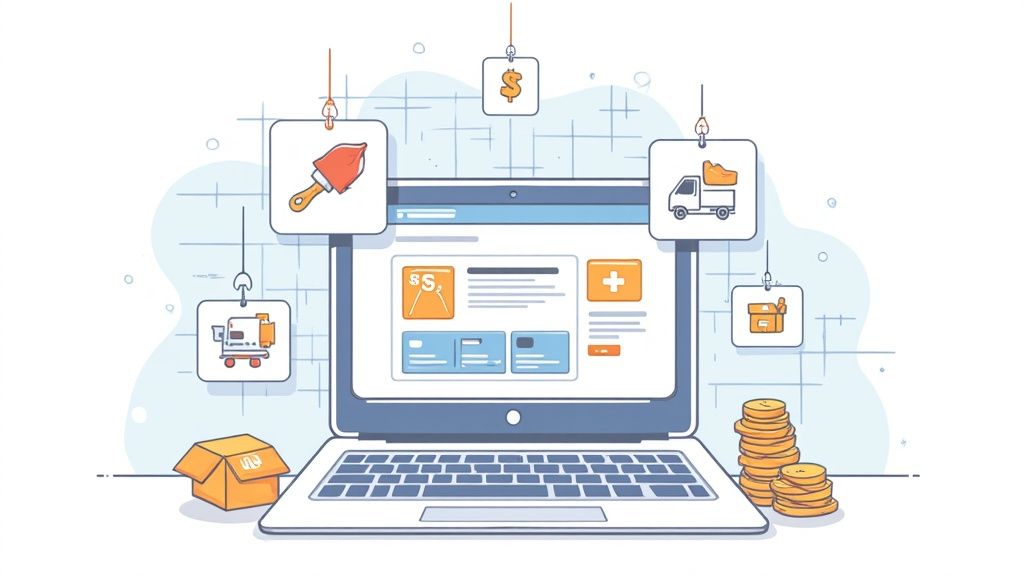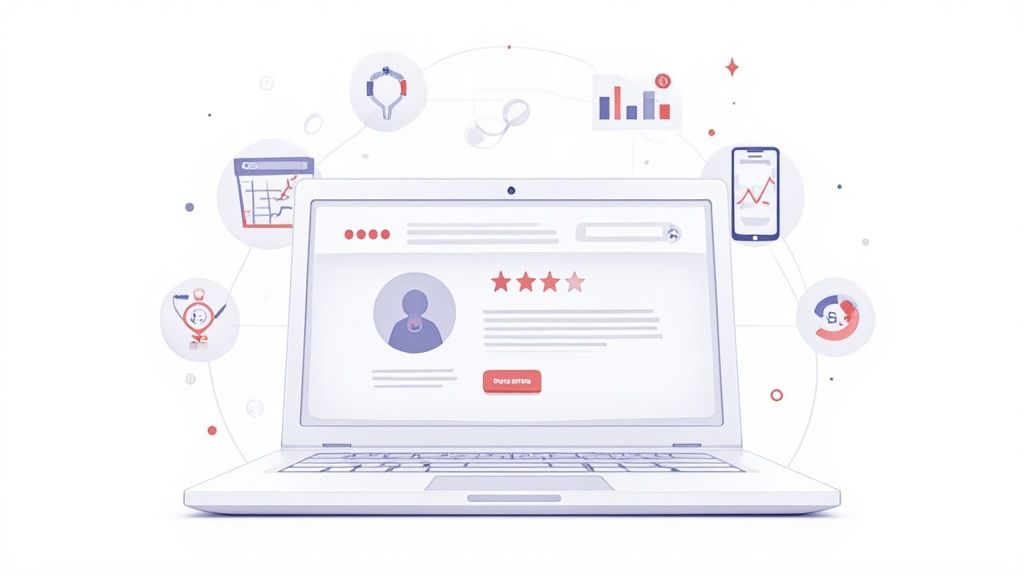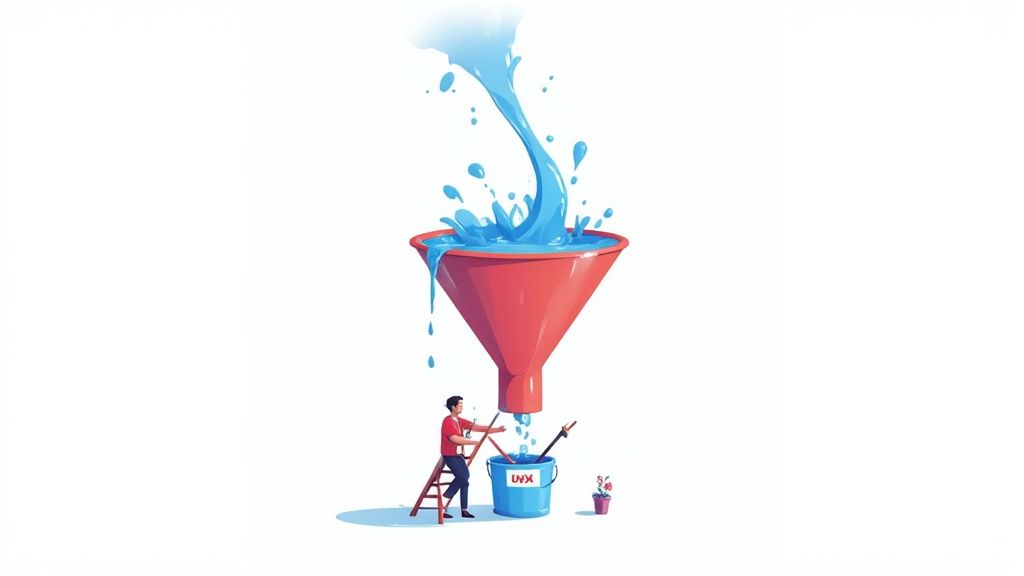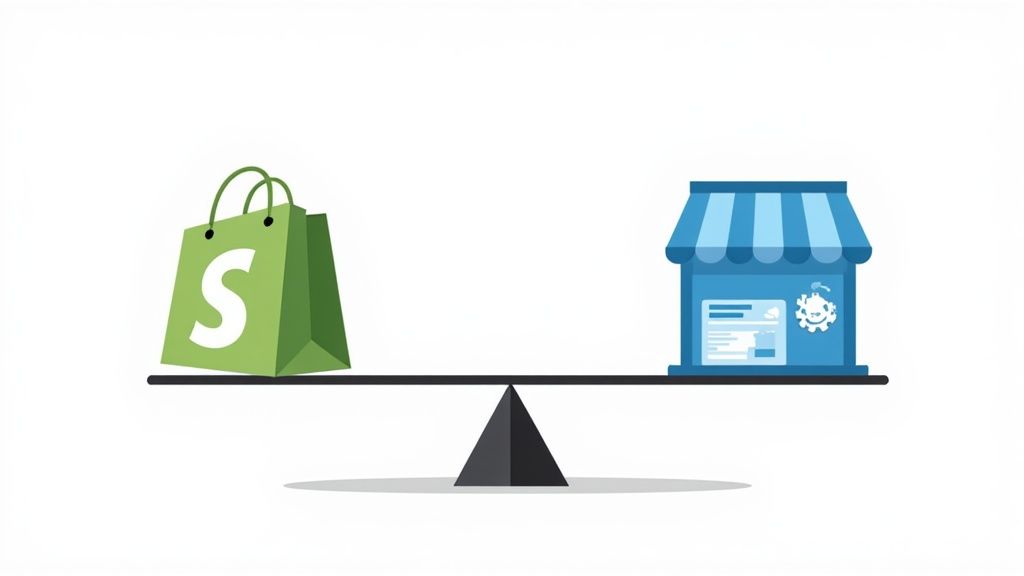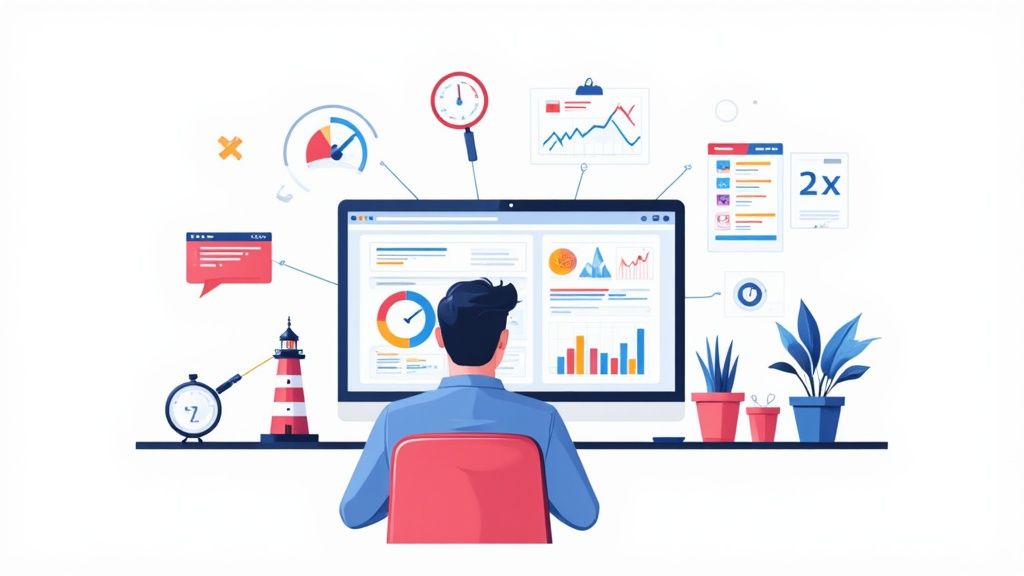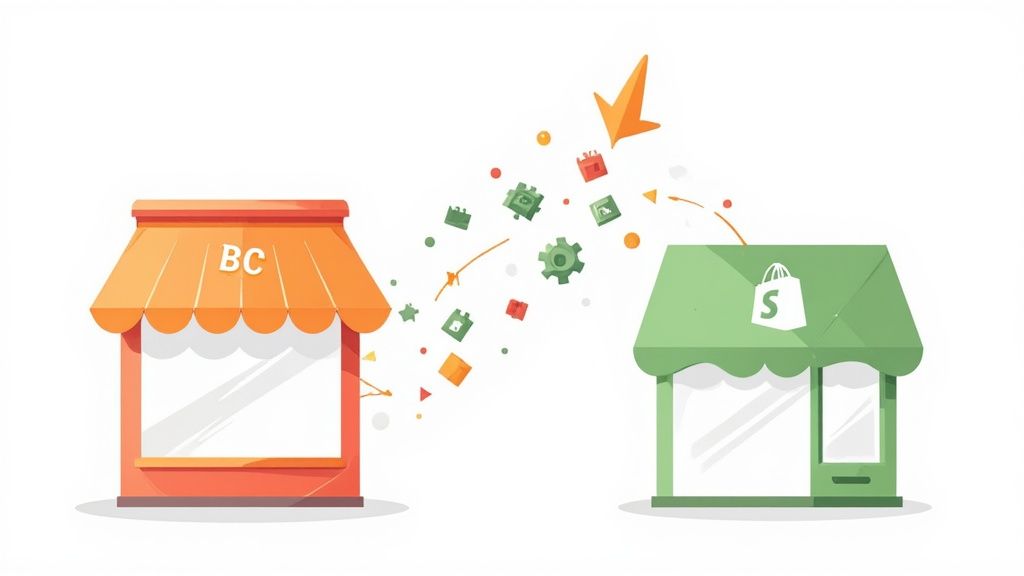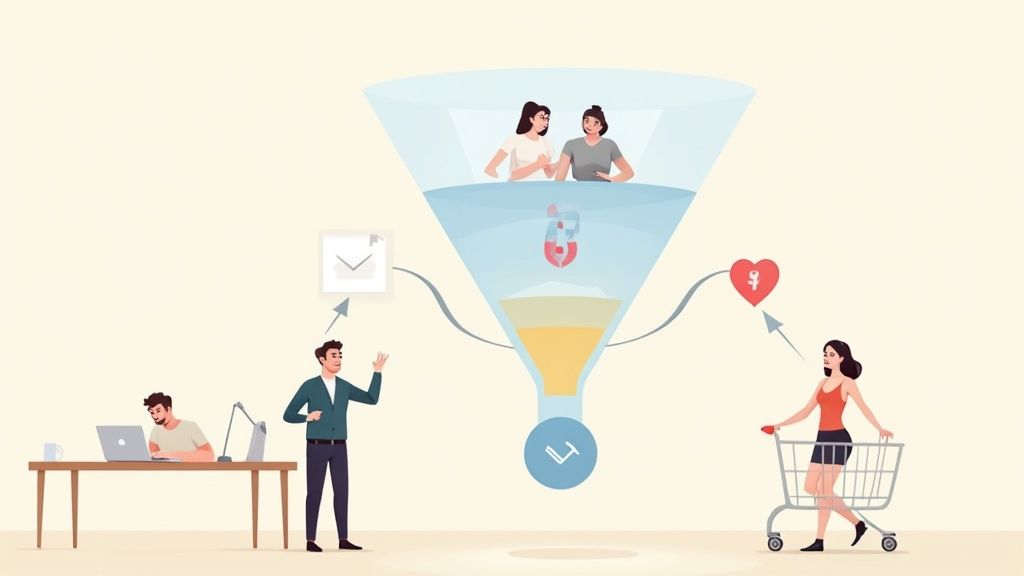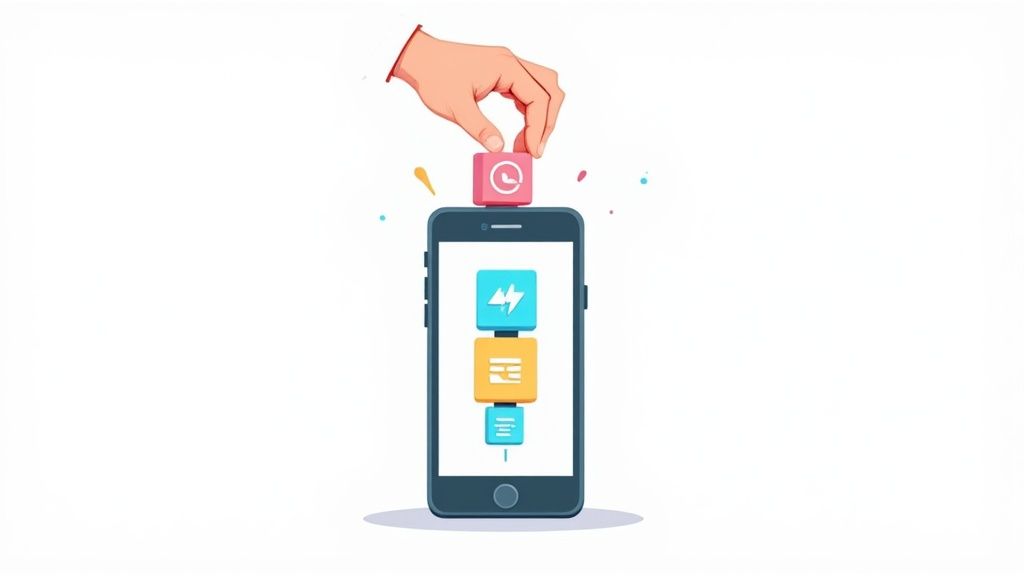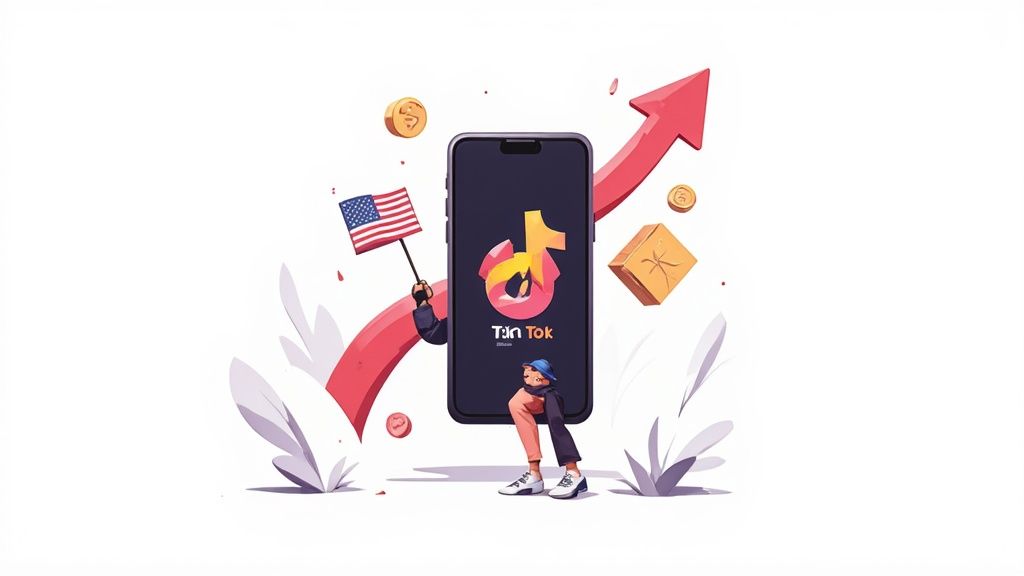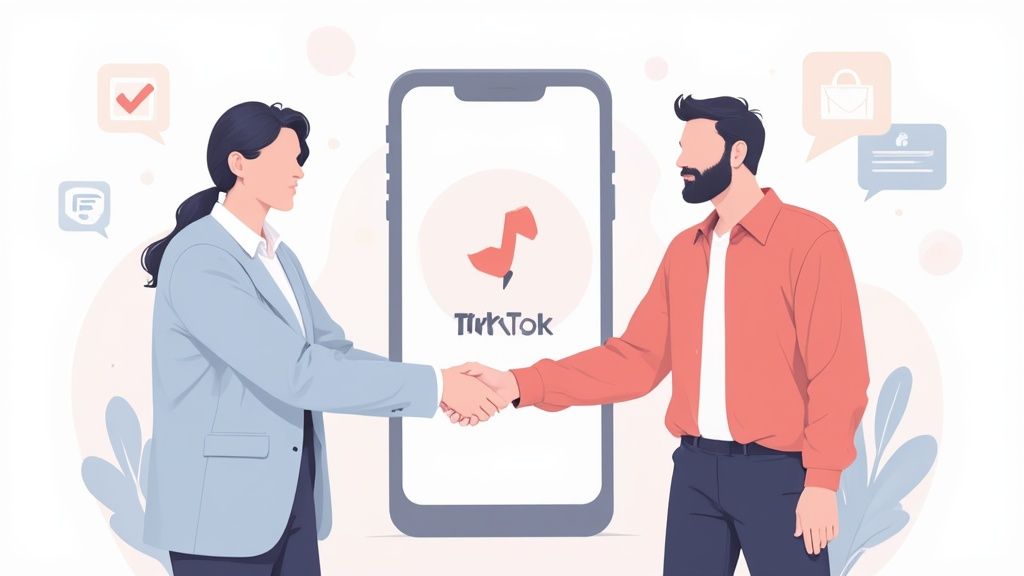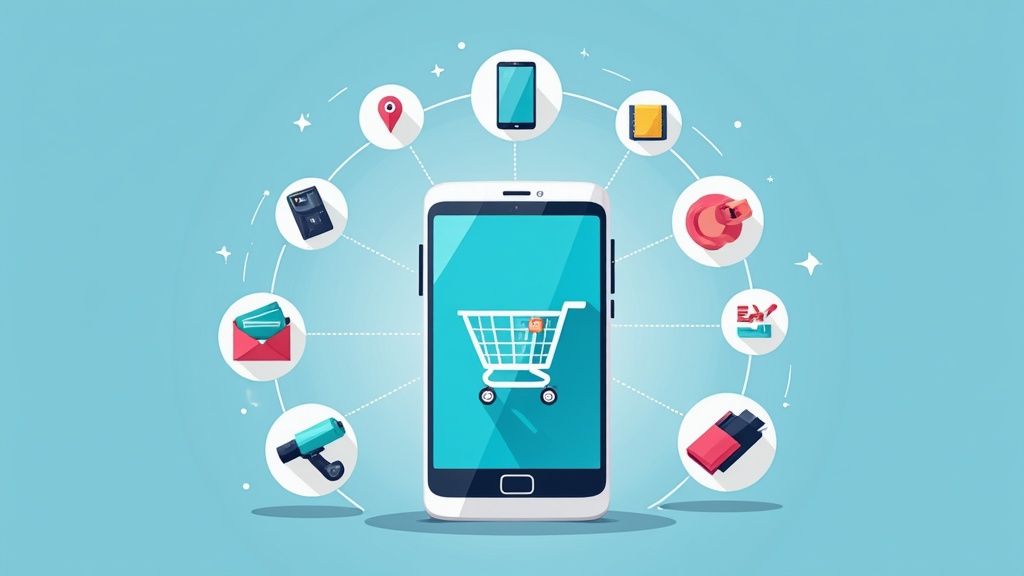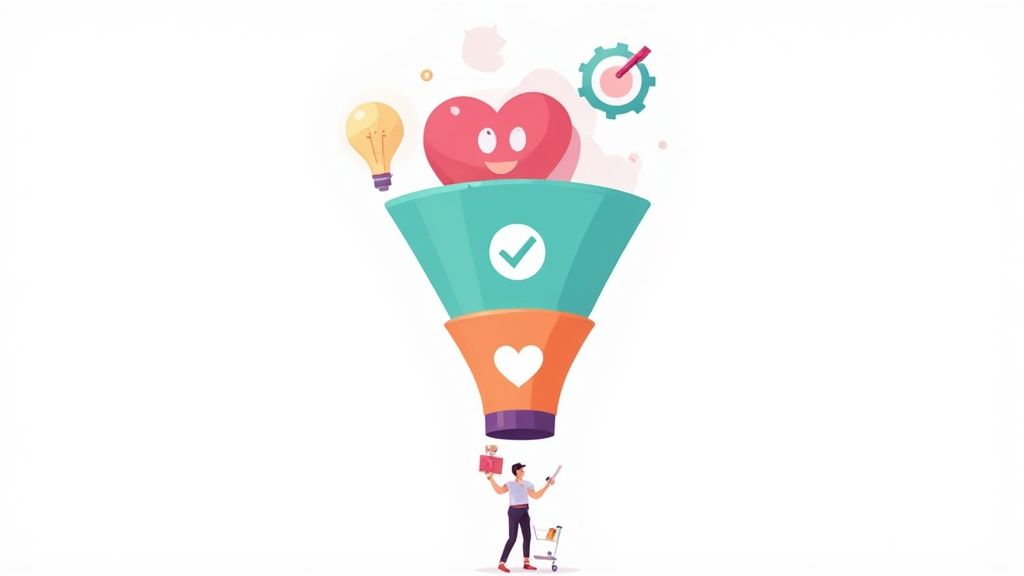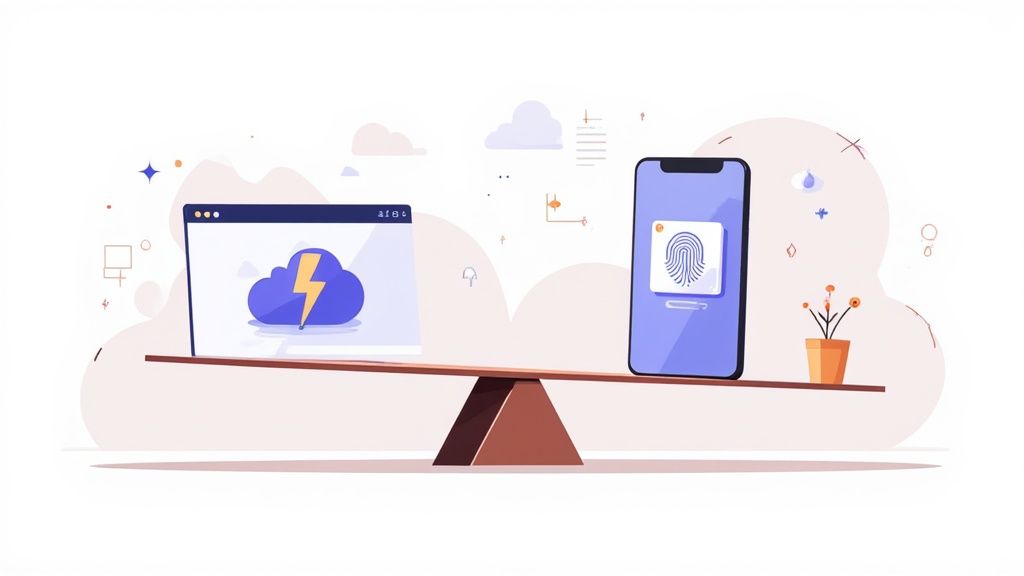
What is Performance Marketing?
Performance marketing, to put it simply, is digital advertising that is easily quantified and analyzed in real-time. This entails utilizing platforms like Facebook, Instagram, Google Ads, and others to develop trackable marketing that enables you to make smart choices based on accurate information acquired from your actual market.
What is Performance Marketing for eCommerce?
To increase online sales, performance marketing for eCommerce employs tactical digital advertising strategies. Because the customer is already online, performance marketing methods are more important. This lowers the barrier to getting them to click over to your website. A DNVB (digitally native vertical brand) cannot go without performance marketing because they sell online. Their brand is online, and their customers are online, so their marketing needs to be too.
You can make your very own successful performance marketing plan by properly following the next steps.
Step 1: Making Sure Your Site Is Ready
Spend some time cleaning up your site before dedicating your funds to performance marketing strategies. Consider the following advice while creating an eCommerce website:
- Keep it simple;
- Make branding a priority;
- Think like a website visitor;
- Use color to your advantage;
- Use high-quality images;
- Make your content scannable;
- Make it look professional;
- Use social proof;
- Make categories easy to navigate;
- Make checkout a breeze;
- Make it responsive.
The first step in positioning yourself for success with performance marketing is to make sure your site is equipped to handle all the conversions that are sent to it.
Step 2: Set Real Goals and Stick To Them
eCommerce performance marketing is quite methodical. The first stage is to make a plan and establish specific objectives. Sales are the most important form of goal, but there are many others like email sign-ups, LTV (lifetime value), average session length, clicks, and app downloads.
Creating Instagram posts or paying for email newsletter sponsorships are frequent ways for people to launch their marketing strategies. Avoid letting these kinds of things divert your attention. They can undoubtedly be beneficial, but they are not performance marketing strategies that will instantly result in demonstrable growth.
Utilize the SMART methodology when developing a performance marketing plan:
Specific – target a specific area for improvement.
Measurable – quantify or at least suggest an indicator of progress.
Assignable – specify who will do it.
Realistic – state what results can realistically be achieved, given available resources.
Time-related – specify when the result(s) can be achieved.
Step 3: Define Your Target Customer
Who is most likely to carry out the task you outlined in your objectives above? This doesn’t have to be just one person, define different target personas for people who you believe will convert.
Defining personas is the aim here. The best way to develop these characters would be to draw on your present customers, but the more data you have at the outset, the better. If not, do the best you can after conducting research. Performance marketing has the advantage of being continuously optimized.
Step 4: Define Your Value Propositions
Don't simply tell your customers that your product is the greatest; also explain how it will make their lives better in some way.
A basketball is fantastic, but a basketball that motivates your teenage son to spend a Friday night with his dad is even better. Save a few of these defined value propositions on your list. Later, you might draw inspiration from them for your commercials.
Step 5: Find The Right Channels For Your Budget
Not every customer uses every platform, and not every business has the funding necessary to succeed across all channels. It will be crucial to choose the appropriate channels for your company and use your budget wisely. Start with your CAC, or cost per acquisition of a new customer. You will have a better knowledge of your budget after you ascertain the cost involved before receiving payment from a client. If you're not sure how to solve this math, look it up in our glossary. Since not all channels have the same price, you should start with the easiest targets (lowest costing channel with the highest rate of conversions).
Step 6: Optimize and Improve
Your campaigns are launched, congrats! You should now carefully examine the data. Are the outcomes in line with your objectives and anticipations at the outset? Most likely not. It is quite unlikely that your plan will be successful in all of its components. Performance marketing then goes into overdrive. Your outcomes can be optimized and you can start to improve them by using performance marketing strategies.
Discover which channels are doing best and worst, and learn the reasons why. Are you using particular channels for activities that you may also use elsewhere? Look at your spending plan. Are you making the best use of your budget? In certain circumstances, it still performs poorly despite your best efforts to enhance and optimize a particular ad or campaign. In this situation, capitalize on what is successful and keep promoting those channels. Shut down what doesn't work, but make sure to take notes on what went wrong so you can use what you learned for any new strategies you may develop in the future.
In addition
We are confident that you are aware of the significance of performance marketing and how essential it is to your company. And we are aware that creating a performance marketing plan and gaining momentum are difficult tasks. Perhaps teaming up with a top agency that can provide you with rapid results is your best line of action at first.






